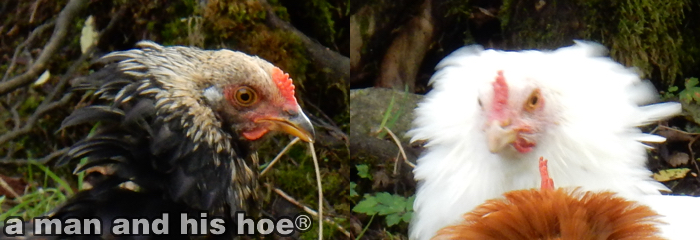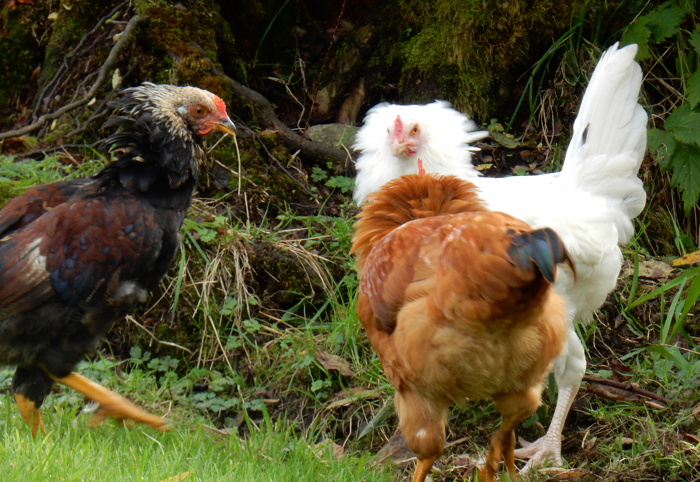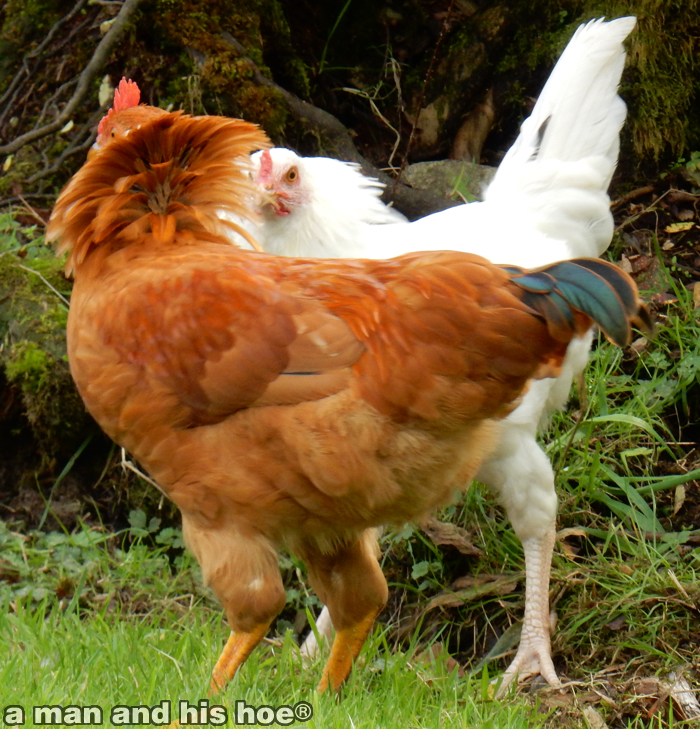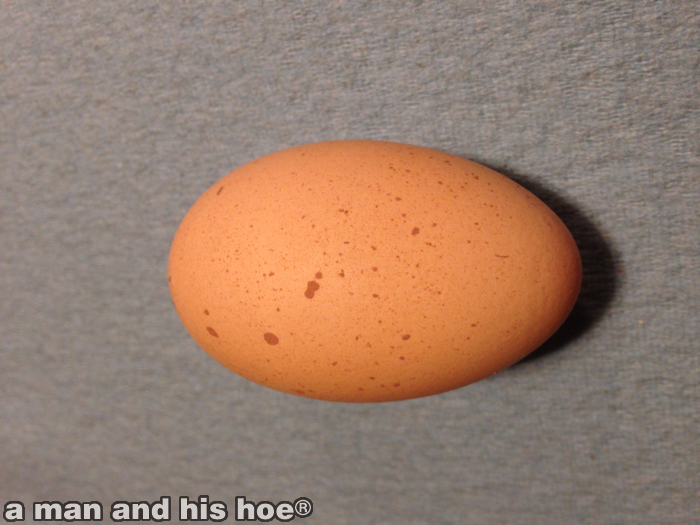
I love Hazel’s eggs. Hers have speckles and a distinctive point. (See Hazel, Hazel’s Egg, More Hazel, Laying an Egg)
Each hen lays a slightly different egg. And every time they lay an egg, it is never the exact same egg. That eggs are all the same, that each pig is pretty much the same as every other pig, that the wheat Farmer Mack grows is the same as Farmer Joe’s, that foods are pretty much the same and can be treated and sold as commodities, that is the great fantasy underlying modern agriculture. It’s why you see just a handful of apple varieties in your store when there are more than 10,000 varieties. It’s why, when you pick up a carton of eggs and look at them, they look indistinguishable.
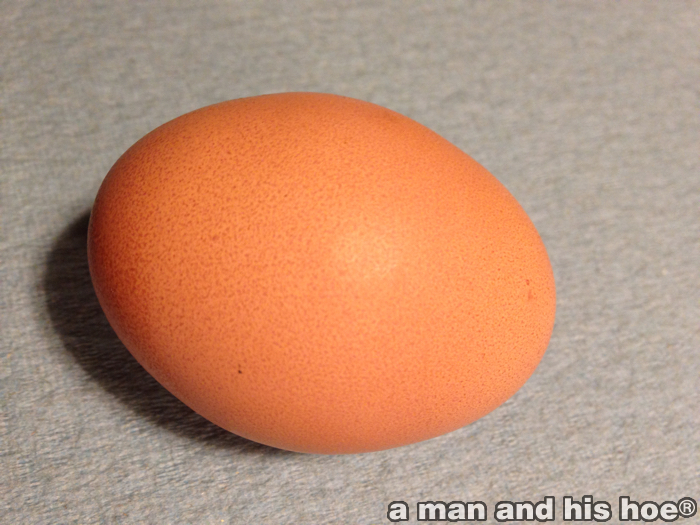
Shiunhime’s eggs, above, are dark and lumpy. Nanette’s, below, are pale and small.
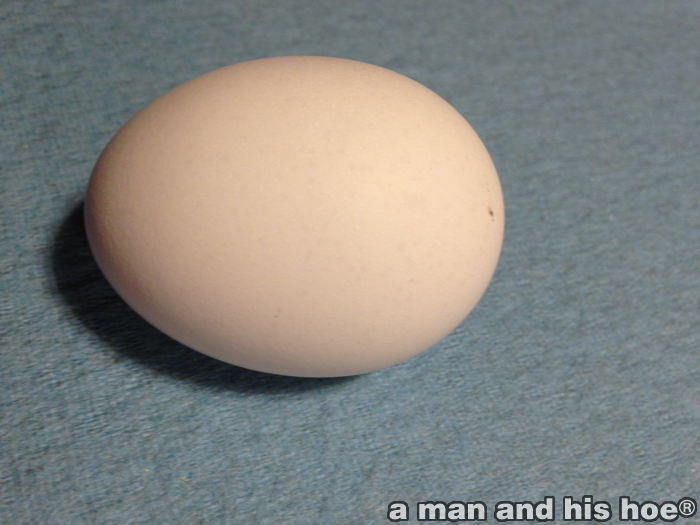
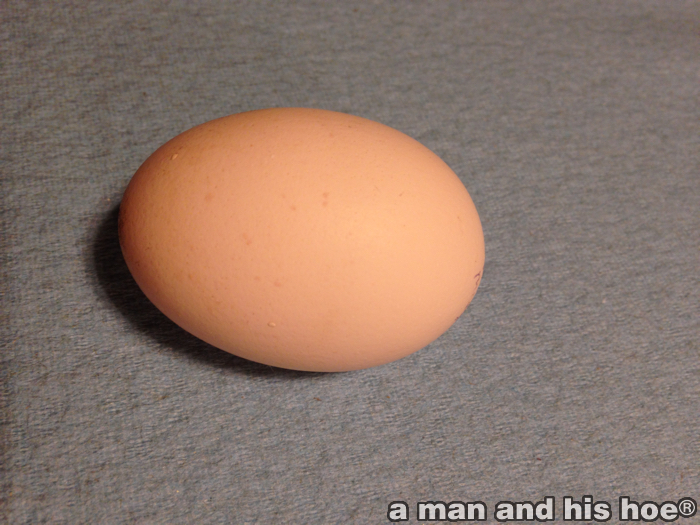
Midge’s eggs, above, are simple and light. Coullette’s, below, are fat and brown.
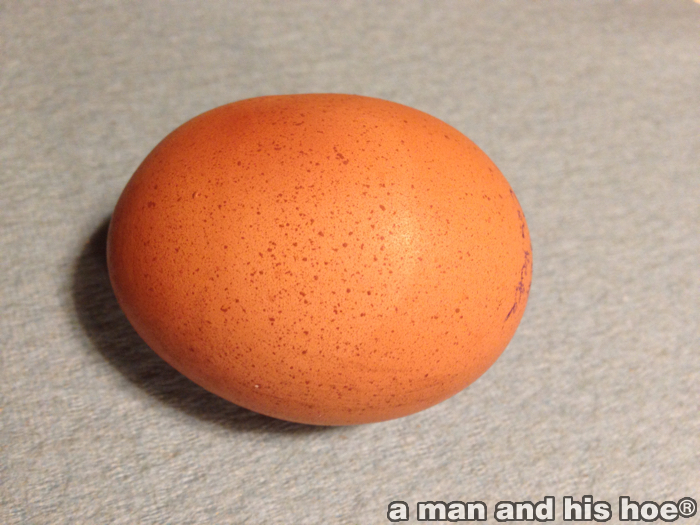
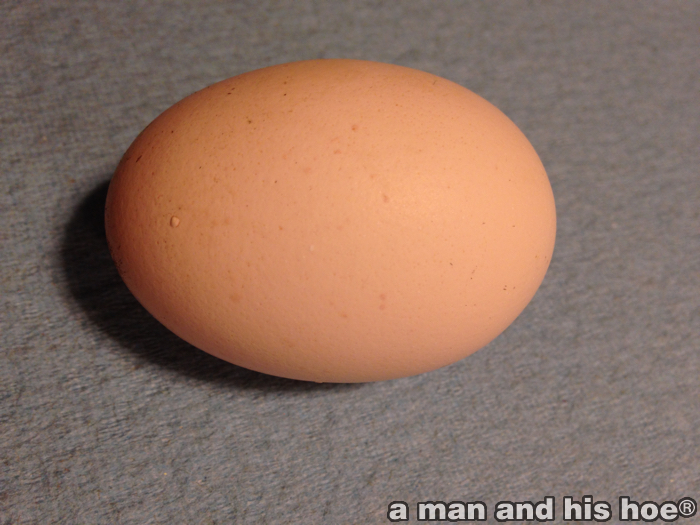
Becky lays a medium, oval egg. Put together, it’s clear that each egg is unique, as unique as each hen.
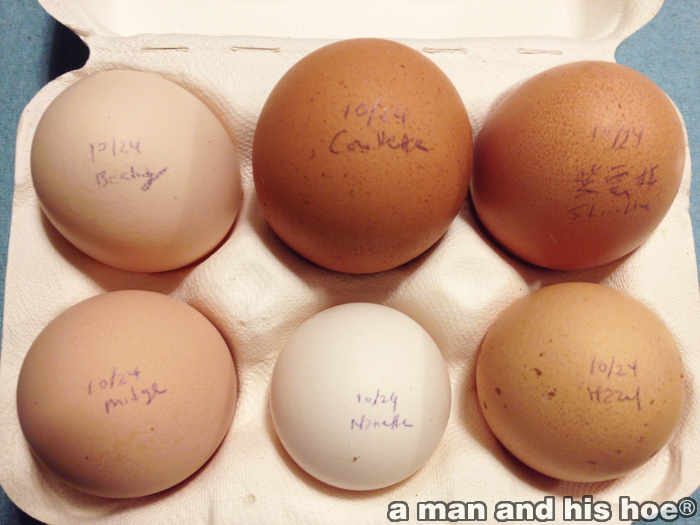
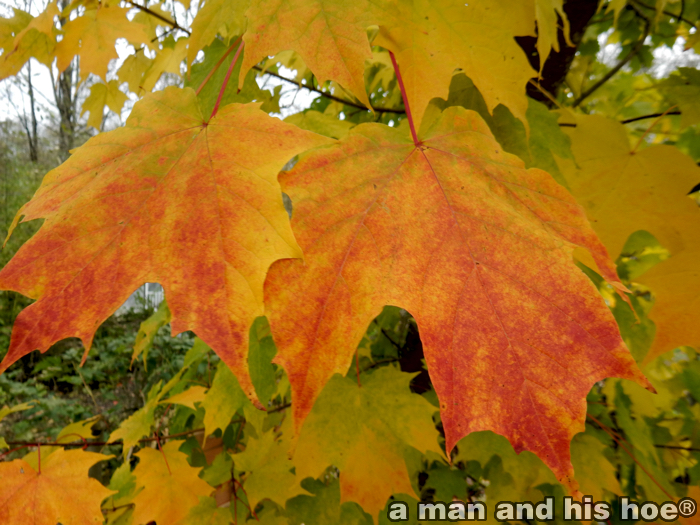
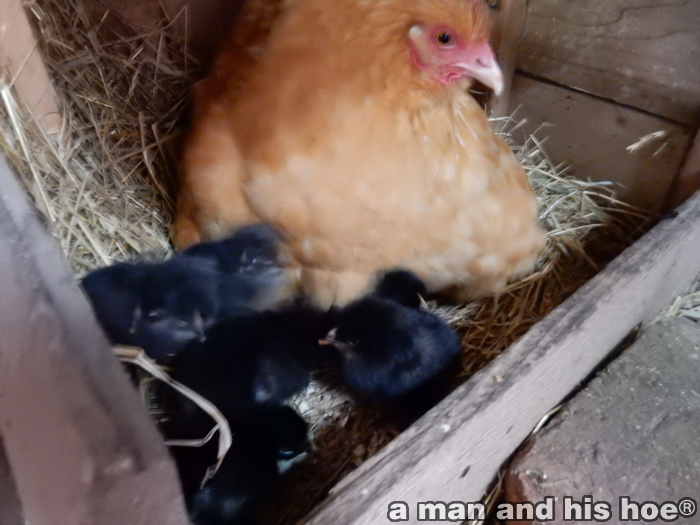
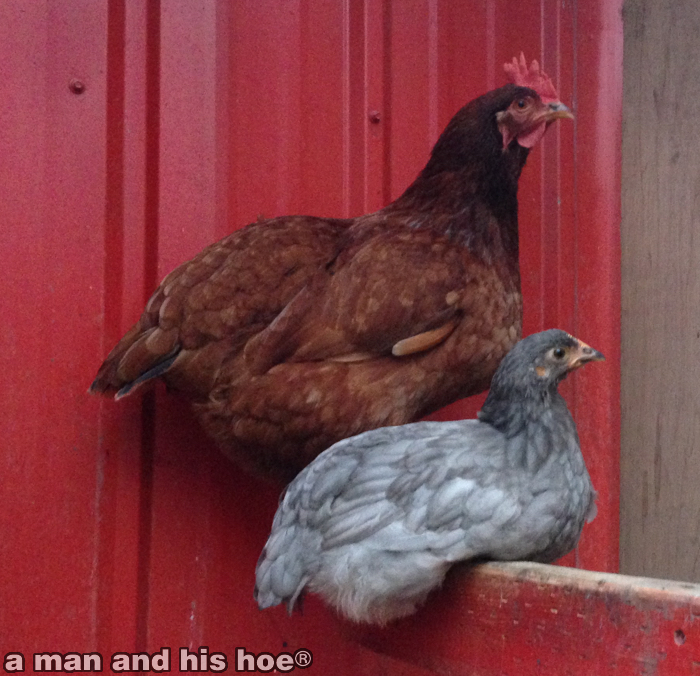
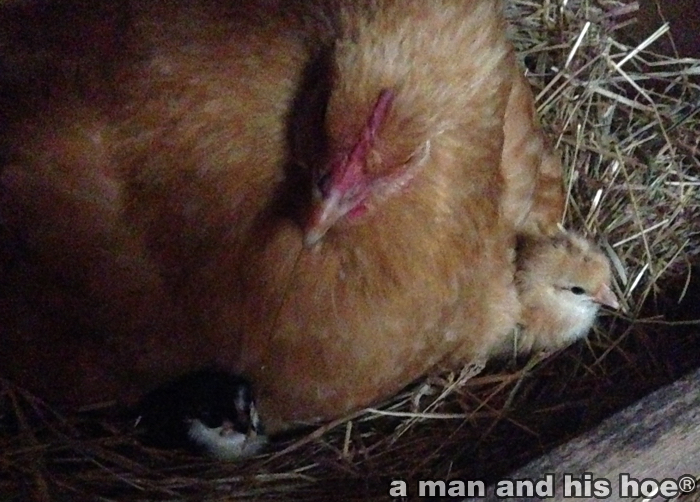
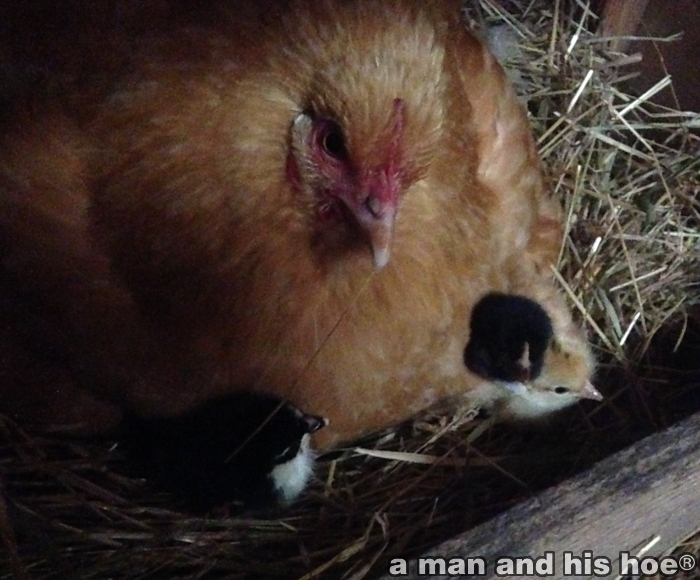
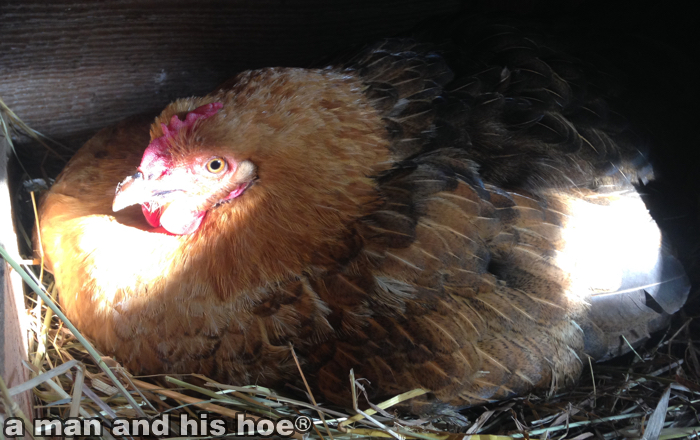
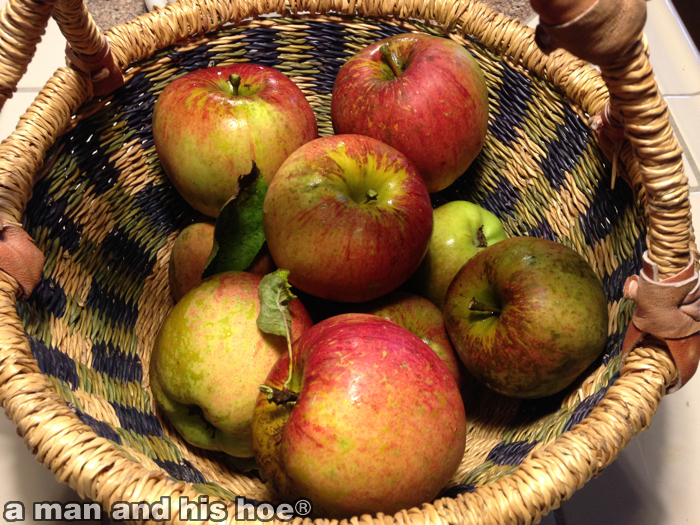
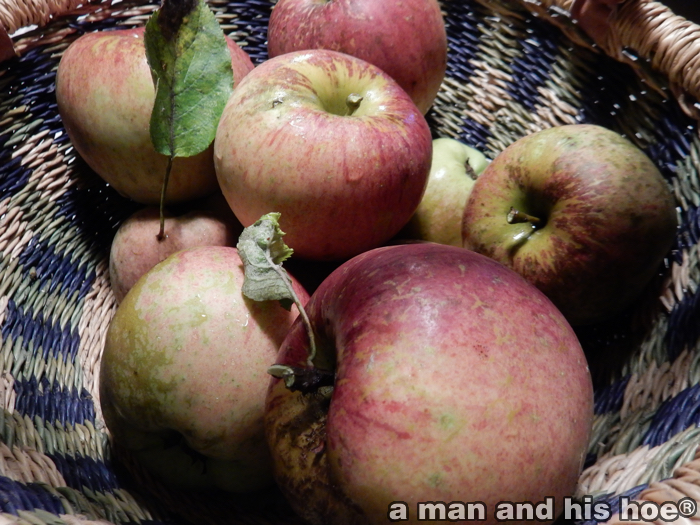
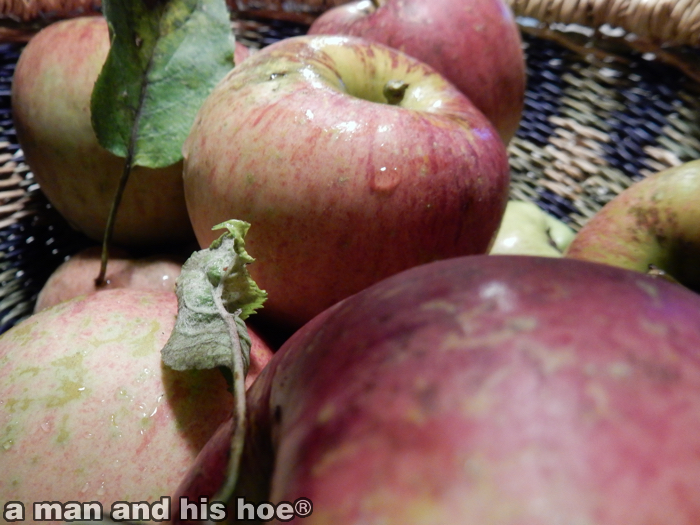
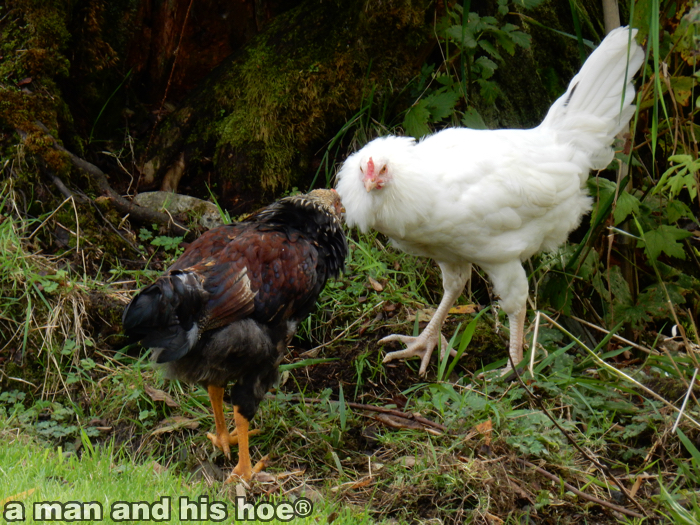
 Dressed as flamboyantly as Kabuki actors, these young roosters put on a short, but elaborate performance. They are six months old now and turning into young men. Their combat isn’t serious yet, but in a few months it will be time to decide which ones to keep and which ones to eat.
Dressed as flamboyantly as Kabuki actors, these young roosters put on a short, but elaborate performance. They are six months old now and turning into young men. Their combat isn’t serious yet, but in a few months it will be time to decide which ones to keep and which ones to eat.